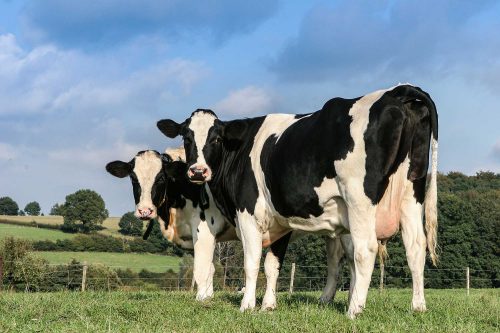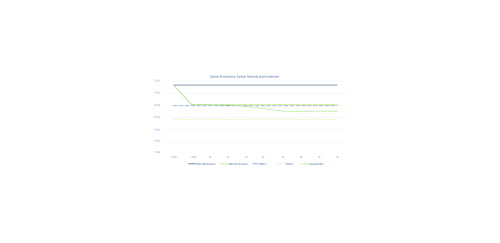
Contact us
Contact us here to set up a free consultation to assess your personal situation and plan a solution that can reduce the amount of electricity that you take from the grid, capture new revenue streams and improve sustainability.
Fonterra, one of the biggest dairy processors in both Australia and New Zealand, engaged Acacia in 2023 for consultation on how to meet their 2030 carbon emissions target. Fonterra Australia had set a carbon emissions target of 30% below their 2017/18 levels and had aspirations of achieving past that goal as well. Fonterra was seeking to reduce these emissions through renewable energy solutions at their four largest Victorian sites, Stanhope, Cobden, Darnum Park and Campbellfield.
Acacia Energy considered numerous renewable energy solutions, between BESS, solar options of various facings, tilts and types (eg: Single-axis tracker), and on-grid renewables. After extensive modelling, Acacia Energy presented numerous solutions for each site, recommending sola solutions that summed to 20.8MW of solar.
Acacia energy additionally offered a solution to decrease Fonterra’s emissions further down their supply line, and provided a timeline to completion of each project and the technical specs to ensure that Fonterra has the infrastructure to handle this new electricity production.
These solutions took Fonterra to well past their 30% carbon abatement target, reaching to 38% of their total 50% target. The solutions also delivered a combined lifetime savings of $79,571,000.
Fonterra’s carbon emissions in 2017/18 stood at 284,401 tonnes, with half these emissions coming from gas. Acacia Energy was consulting on how to reduce the emissions through electricity related emissions, so Acacia had to get creative with reducing as much of Fonterra’s total emissions through solely electricity. While the solar solutions would well surpass Fonterra’s goal of 30% internal target, Acacia Energy was aiming to get as close to 50% as possible. Although, this was not possible through solely the solar solutions at Fonterra’s four Victorian sites, so Acacia Energy had to get creative.

After visiting all four sites, Acacia Energy began simulating what varying renewable energy solutions would do for both the carbon emissions and power bill at each site. Acacia Energy explored solar options of varying sizes, tilts and types (e.g. single axis tracker), as well as battery and on grid renewable energy options.
Acacia Energy worked in close collaboration with Fonterra to best understand their needs and to help develop the best recommendations for them. Ultimately, after extensive consideration, Acacia Energy recommended the following systems.
|
|
Furthermore, Acacia Energy was able to look further down Fonterra’s supply chain, identifying an innovative opportunity to get solar panels on the roofs of the dairy farmers that supply their milk, creating savings for the farmers and carbon abatement for Fonterra. Through this, Fonterra will incentivize farmers within their supply chain to move their off-peak electricity consumption, such as heating hot water, to during the day to be able to soak up as much electricity consumption as possible through solar generation.

These solutions took Fonterra to well past their 30% carbon abatement target, reaching to 38% of their total 50% target. The solutions also delivered a combined lifetime savings of $79,571,000, over double the capital expenditure of the project.
Acacia Energy provided a timeline of when each project would be expected to begin and the carbon abatement associated in these timelines, which has been outlined in the graph below.